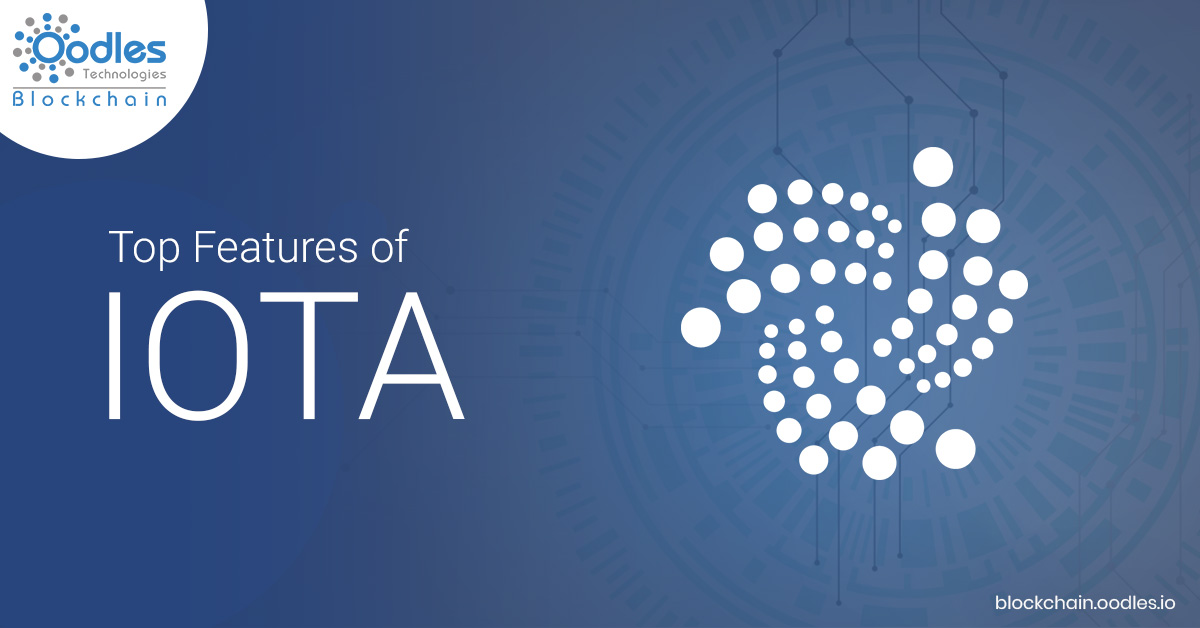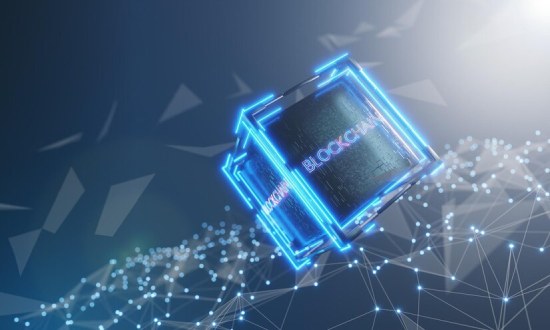-
In the recent decade, we have experienced the unprecedented rise of Blockchain technology as it offers P2P transactions of assets without needing to involve any middlemen or geographical barrier. While the transaction speed and fee associated were power points of prominent blockchain projects, the current scenario of adoption has shown that both factors are substantial and quite slow due to the congestion of the network.
The answer to most blockchain projects to this is a process called 'scaling.'
IOTA is a blockchain-based project that eradicated the scalability issues by offering its own distributed ledger, which is a bit different from the standard blockchain.
Designed to empower machines and humans, IOTA improves their participation in flourishing new permissionless economies. Get a proper understanding of IOTA blockchain in our introductory article.
IOTA has a few advantages that set it apart from other blockchain projects. Such as high scalability, secure data transfer, low resource requirements, offline transactions, and many more.
So, here's a list that describes top 3 features of IOTA. Those are known for providing IOTA with an edge for real-world applications.
Learn how we are using IOTA to redefine the IoT landscape, click here.
Potential for Unlimited Transactions per Second
First, to understand the practical applications of IOTA, it's necessary to comprehend the technological trends, IoT (Internet of Things). IoT refers to as a technological advancement whereby machine (like cars, phones, refrigerators, watches, or any electronic or software-based device) communicate and exchange data with each other without any human involvement, which results in improved efficiency and economic growth.
The whole concept of IoT is to connect the physical world with the web world and enable technological devices to transfer data with each other without any human interaction.
Today, the exchange of data and information often is associated with payments. And, for IoT to become a reality, it's a must to provide a platform that can enable M2M (machine-to-machine) payments. That's where IOTA comes into play. IOTA's designed whereby the more transactions on the network, the more the network processes.
Currently, the IOTA network can process between 13 to 1,500 transactions per second. This unique scalability is one of the top features of IOTA.
Indeed, we can say that very soon everything is going to be "smart." And the platform capable of seamless microtransactions to make this real can be seen in the form of IOTA. Therefore, the future of IoT is in the hands of IOTA.
The Tangle Technology
Another one of the top features of IOTA is its Tangle technology, which is different to the Blockchain. Tangle has some similar features of blockchain like a distributed ledger and secure transactions, but it doesn't use blocks to store information.
Tangle is a specific type of directed graph that holds transactions and uses the Directed Acyclic Graph (DAG).
In a standard blockchain, transactions get stored in blockchain and then get verified by miners. In Tang-tole, they get represented as a vertex in the directed graph. And, to move ahead with this verification, the transaction on the network selects two previously added transactions to approve. Thus, adding new edges to the graph.
Sufficiently large quantum computers have got discovered that could effectively handle problems that need trial and error to find a fix. An instance includes finding a random number, also called a 'nonce,' to generate a bitcoin block. It makes the security of bitcoin transactions vulnerable as no single entity can mine blocks any faster than anyone else.
However, the algorithm used in the current IOTA implementations has got structured such that the time to finding a nonce is less than the time required for other tasks prudent to issue a transaction.
Thus, the efficiency gain of the ideal computers might not expose Tangle to security risks. In simple words, blockchain may get hacked using large quantum computers (if developed in the future), but Tangle would not.
Zero Fee Transactions
As there are no miners in the IOTA's ecosystem, there's no fee associated with transactions. Users are verifiers. And as mentioned above, the more the numbers of the users, the faster the transactions. New transactions occurring in the network validate previous ones so, ultimately, the fee for sending funds is zero.
Conclusion
It's touted that the Internet of Things will make everything 'smart.' Now, what's required is an ecosystem to empower this economy. The Tangle technology, though in its growing phase, demonstrates potential to influence how transactions would happen in the world.
With these three top features of IOTA, it's likely that it's here to stay and has the potential to become an integral part of the future.

Our Offices
INDIA
Emaar Digital Greens, Sector 61,
Gurugram, Haryana
122011.
Welldone Tech Park,
Sector 48, Sohna road,
Gurugram, Haryana
122018.














